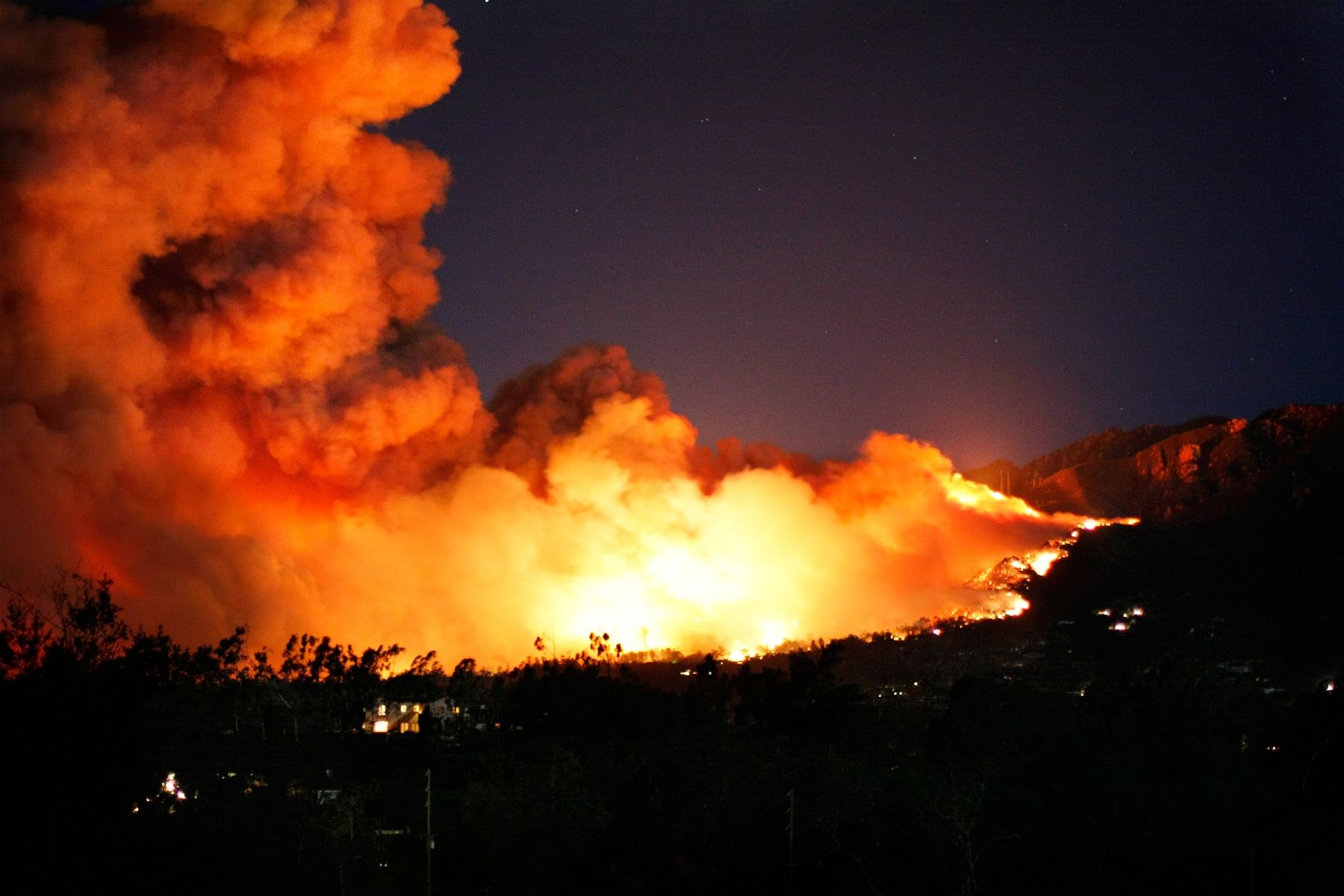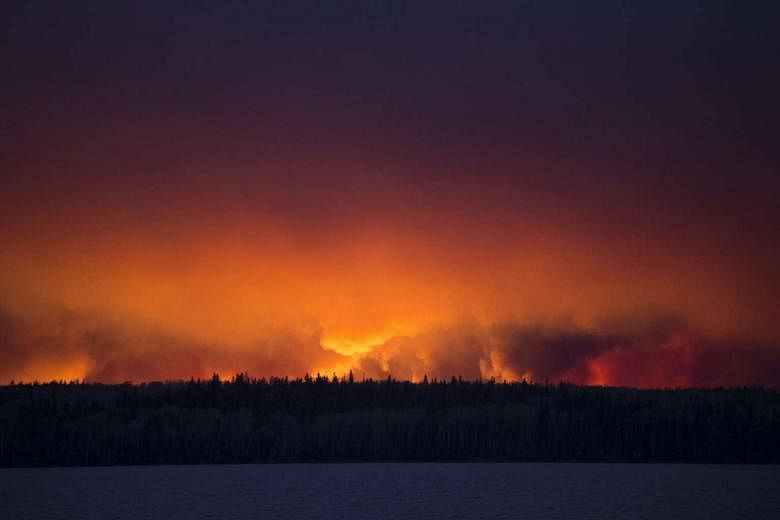A ravaging wildfire has forced 100,000 people to flee their homes in Fort McMurray, Canada, since the first fire broke out on May 1.
The Fort McMurray Fire has already blazed through 230,000ha by Tuesday (May 10) and destroyed more than 2,400 structures.
Climate change has been cited as the greatest culprit behind the fires and many others around the world as hot dry weather, high winds and low humidity all form the conditions ideal for a catastrophic blaze.
Every year, 350ha of the Earth's vegetated surface are burnt by devastating fires. The damage caused by wildfires have cost the United States about US$1.7 billion (S$2 billion) and Canada about US$1 billion a year over the past decade.
Here are five other wildfires that have caused great devastation in the last 10 years.
1. The Clearwater Complex in the western states of the US, 2015
The Clearwater Complex - made up of several fires including the Lawyer Complex, the Municipal Fire, the Fisher Fire and the Lolo Complex - scorched more than 20,000ha of timber and brush and prompted the evacuation of people from more than 100 homes .
The Clearwater was one of 14 major wildfires burning across Idaho and one of 95 wildfires in seven western states.
Most of the fires occurred in the states of Washington, Oregon, Montana and California.
About 750 firefighters and rescuers were deployed to tackle the fire but the biggest help came from people in the area, such as farmers, neighbours and residents.
This series of fires took a month to contain.
2. Wildfires in Russia, 2010

Wildfires ravaged swathes of Russia, blazing across 196,000ha of land. They were caused by peat fires in forests and triggered by the hottest weather on record.
More than 55,736 people were killed, most of whom were victims of not just wildfire smoke but the oppressive heat.
Parts of Moscow were covered in smog thick enough to stimulate a sensation of cement dust collecting in the mouth.
The authorities opened more than 123 anti-smog centres and air-conditioned rooms in government buildings and hospitals, where those affected could escape the polluted air.
These wildfires started burning in late July and lasted till early September 2010.
3. Australia's Black Saturday bushfires, 2009

The Black Saturday Bushfires refer to the fires which started on the Feb 7, 2009, in Victoria, Australia, which left 445,154ha of land going up in flames.
The day had the worst bushfire weather conditions ever recorded, with temperatures reaching 46 deg C and winds going at a speed of 100kmh.
At least 173 people were killed and 414 injured in what was Australia's deadliest wildfires, which took a month to bring under control.
4. California wildfires, 2008

Known as the Northern California Lightning Series, these wildfires were caused by dry thunderstorms that produced lightning.
The fires caused 23 deaths and 630,214ha of land was completely scorched, including the Sequoia National Forest.
Damage to property amounted to US$120 million.
President George W. Bush declared a state of emergency for California as 1,400 wildfires blazed across the state.
The fires burned from May to September that year.
5. Forest fires in Greece, 2007

The forest fires of 2007 were the worst to hit Greece in decades, with 84 people killed and 271,139ha of forest and farmland affected.
The blaze spread throughout most of the island of Peloponnese and lasted from June to September. The total cost of damage was US$2.9 billion.
A 26-year-old farmer was arrested on suspicion of arson after investigations into two of the major Peloponnese fires.
He later confessed and was sent to prison.


